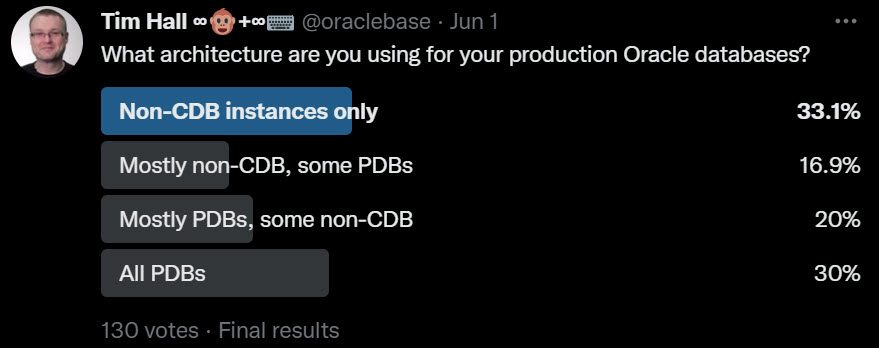I just thought I would give people a quick update on what has been happening to my face recently. If you’re eating, you might want to save this post for later…
My family has skin that is very sensitive to sun damage. My mom used to have a darker complexion, but the rest of us are/were really pale skinned. My mom had skin cancer when I was a teenager, so from that point onward I’ve been pretty careful about my sun exposure. Since then every member of the family has had some sort of skin cancer. There are several types of skin cancer. Some are bad. Some are not so bad. My mom had the bad sort, recovered, then later got the not so bad sort. She’s still fine. My sister died of the bad sort. Both my brother and dad had treatments for skin cancer, but with no major drama.
Since my sister’s death in 2011 I go to get checked pretty regularly. It’s good to find this stuff early. Towards the end of last year I went for a check up and was told I’ve joined the family tradition. Luckily it’s not the life threatening sort of skin cancer. 🙂
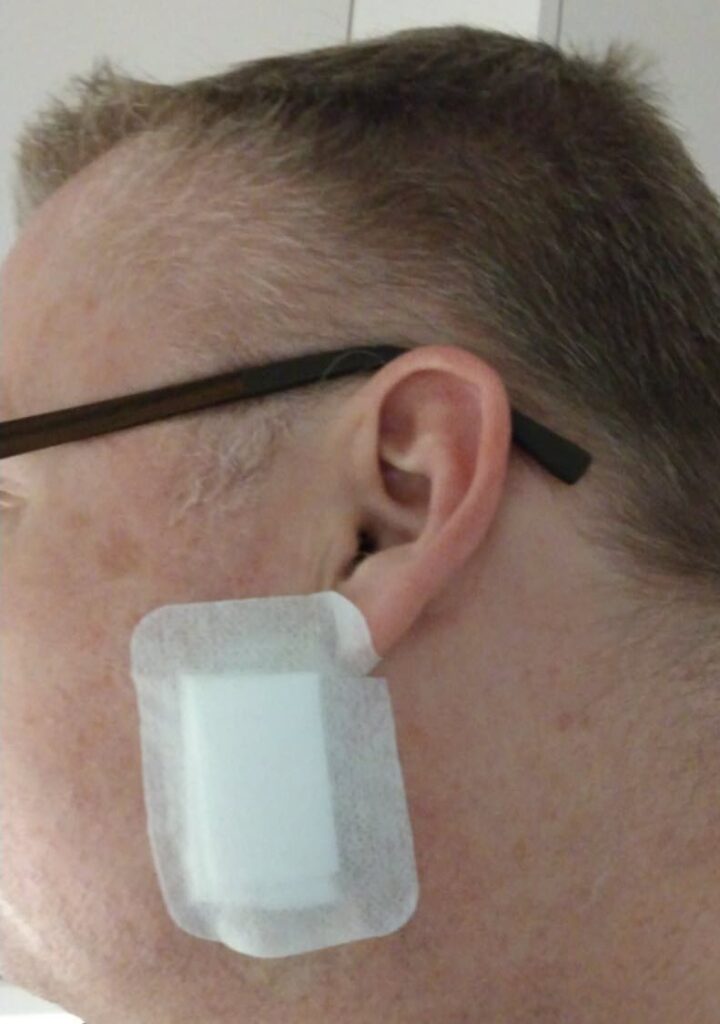
In December I had the first procedure to remove some skin from the right side of my face and get a biopsy on the left side, which wasn’t so well defined. The biopsy came back positive, so at the start of the new year I had the second procedure to remove some skin from the left side of my face. The second procedure was a bit more complicated, but it actually ended up with less scaring. Happy days…

After that I had to wait a couple of months for things to heal, then it was on to the final procedure, which was effectively a skin peel. You put chemo therapy cream on your face twice a day for 4 weeks, and anything that is cancerous or pre-cancerous gets burnt off. The pictures below were from a couple of days before I finished the treatment. You can see there wasn’t a lot of good skin left on my face after the 4 weeks. 🙂
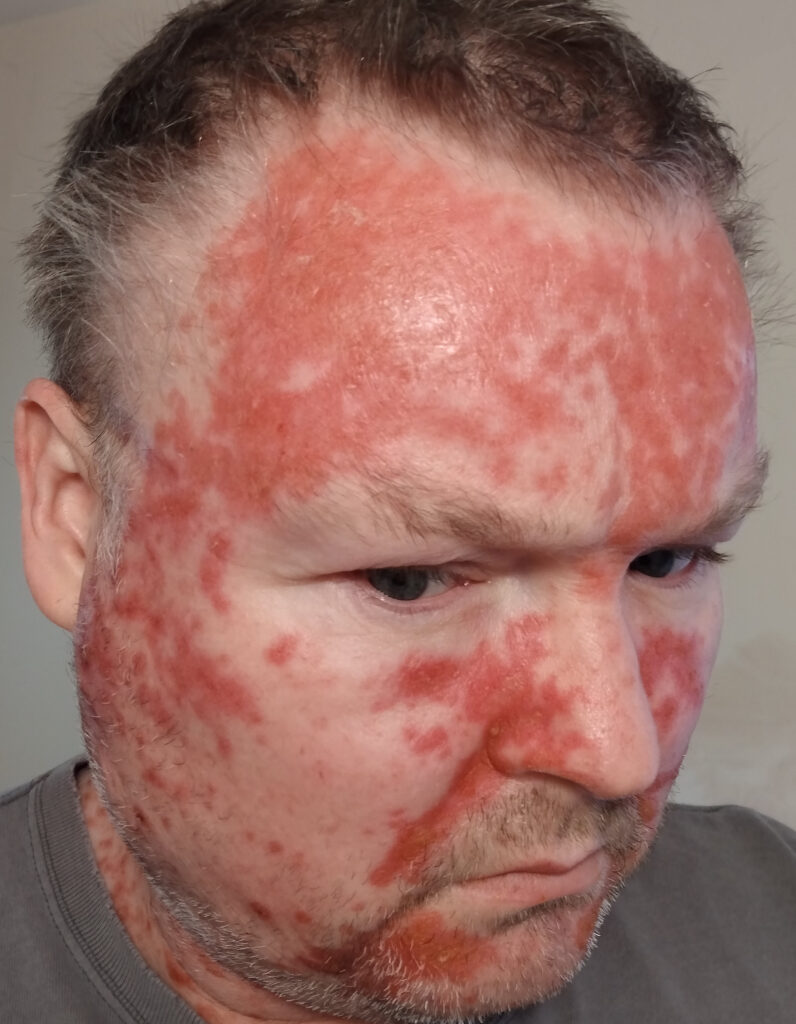
It’s about two weeks since the treatment finished, so things are starting to calm down a bit. For the first week most of my face had a really fine scab on it, that kept flaking off and being replaced. It felt a bit like really bad sunburn. By the end of the second week the scabs had gone, but I still have some peeling from time to time. The skin looks OK now, but it’s still a bit red and I’m having to moisturize like it’s going out of fashion. I’m so pale so I think it’s going to take a few weeks to look totally normal again.
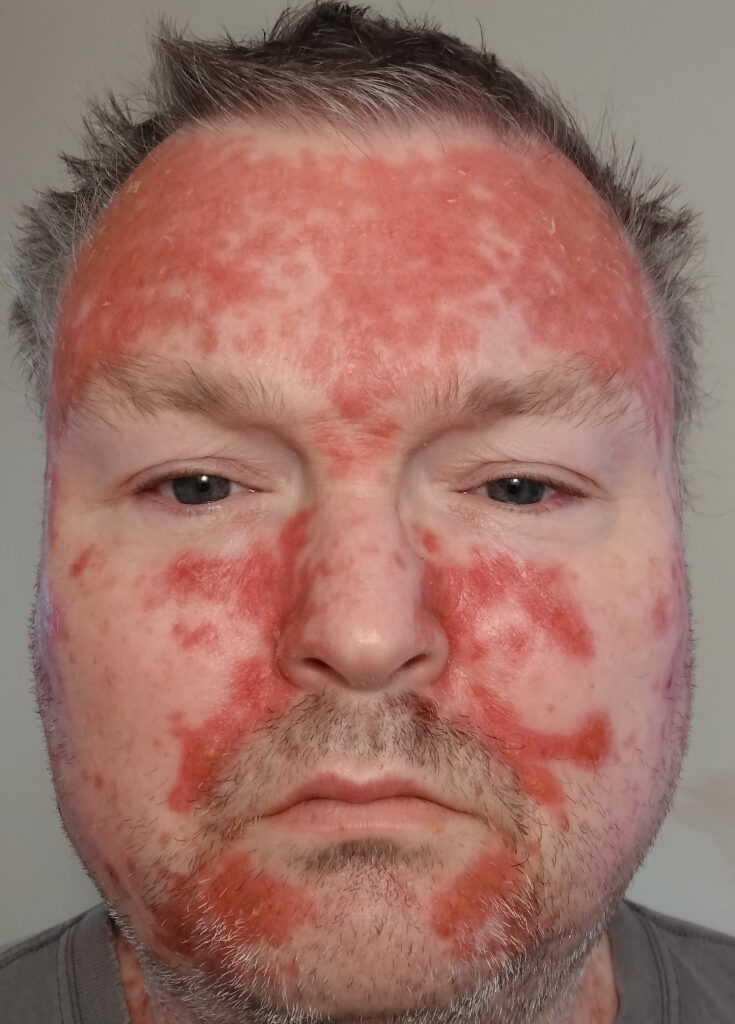
A few people in the community already know what has been going on. I turned down some online conference spots, and I felt obliged to explain why.
I don’t go out a lot anyway, so it hasn’t been that much of a problem. It’s a bit embarrassing going out food shopping with a hat, mask and my collar up to cover my neck. I look like I’m going in to rob the place. 🙂
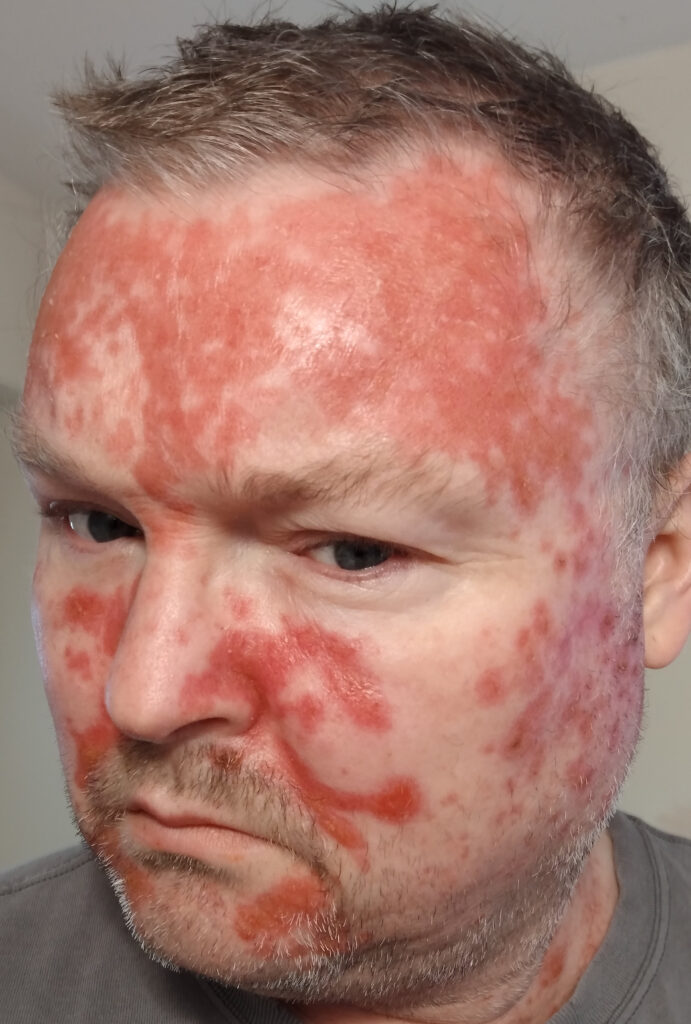
Anyway, that’s my little bit of drama. By the time any of you see me in public my skin should look normal again, and I’m guessing you probably won’t even notice the scars from the bits that have been chopped off. If you do, I’ll probably say it was from a fight with a crocodile or something cool like that…
Cheers
Tim…
Update: It’s nearly 2 months later and I’ve just had another consultation. I’m all clear now, so I don’t have to go back to see them for a couple of years. There is still some discolouration, but only because my skin is so pale. That will fade over the coming months. Happy days. 🙂
